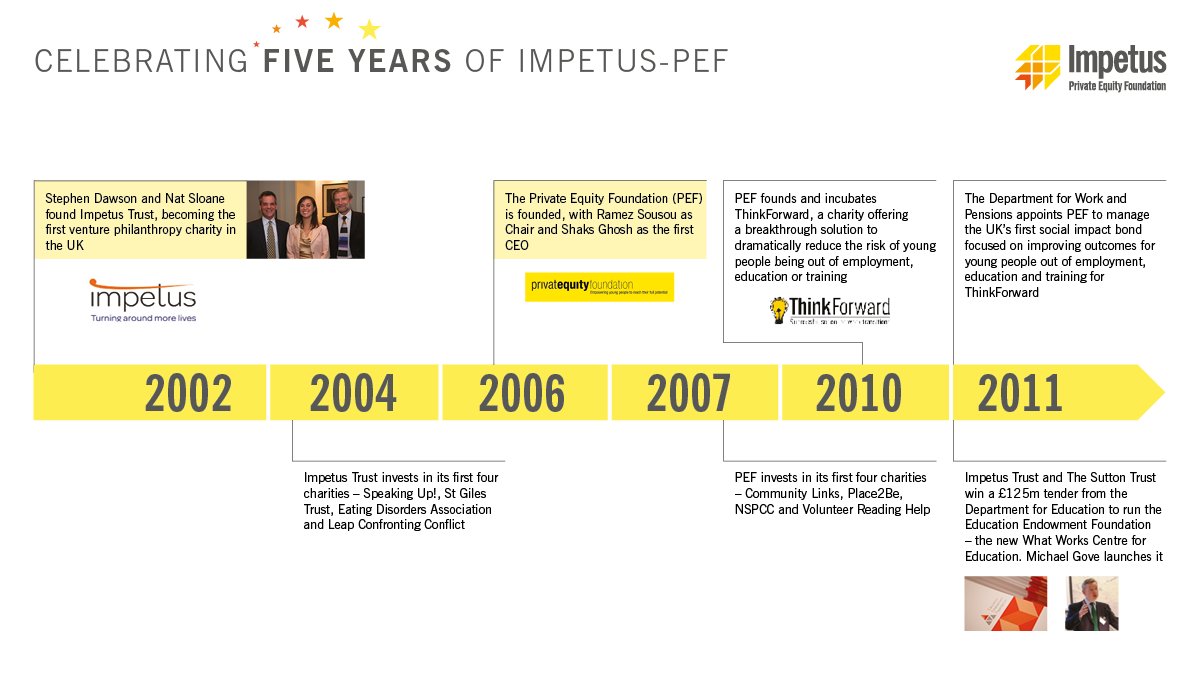The next amazing layer, now that we'll have plugin architectures worked out, is to use plugins as stand-ins -- very lightweight simulators -- of the upstream behavior.
.)
Buh-dump-bump. And that's the BlueService plugin.
*Good*.
The very low fidelity is what makes them so easy to knock out.
I totally fooled you: that's for "coming soon to a muse near you".
This is going to mean changing our practice. Things that change our practice have to be incremental and iterative, and produce a steady flow of better. *Yikes*.
I hope you also have a gorgeous day that pleases you, even indirectly!














